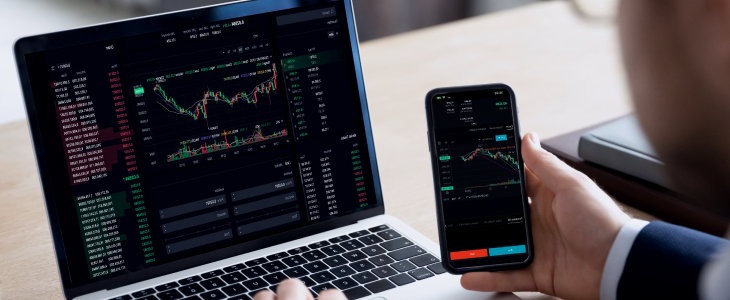In the dynamic world of forex trading, having the right tools at your disposal is crucial for success. One of the most significant aspects of these tools are forex trading indicators. They are essential for analyzing market trends and making well-informed trading decisions. At forex trading indicators onlinetrading-cm.com, we understand the intricate details that can help you navigate the forex market effectively. This article will explore the different types of forex trading indicators, their roles, and how they can be used to maximize your trading potential.
What Are Forex Trading Indicators?
Forex trading indicators are mathematical calculations based on the price, volume, or open interest of a currency pair. These indicators are utilized to forecast future price movements and to identify potential trading opportunities. They can be classified into two main categories: leading indicators and lagging indicators.
Leading vs. Lagging Indicators
Leading indicators are designed to predict future price movements. They are usually based on a set of calculations that indicate potential changes in price before they happen. Examples of leading indicators include the Relative Strength Index (RSI) and moving averages convergence divergence (MACD).
Lagging indicators, on the other hand, are based on historical price data and are often used to confirm trends rather than predict them. Some well-known lagging indicators include moving averages and the Average Directional Index (ADX).
Popular Forex Trading Indicators
1. Moving Averages
Moving averages smooth out price data to identify trends over a specific period. There are several types of moving averages, including the simple moving average (SMA), exponential moving average (EMA), and weighted moving average (WMA). Traders often use moving averages to determine support and resistance levels and to identify the overall trend direction.
2. Relative Strength Index (RSI)
The RSI is a popular momentum oscillator that measures the speed and change of price movements. It ranges from 0 to 100 and is typically used to identify overbought or oversold conditions in a market. An RSI reading above 70 indicates an overbought market, while a reading below 30 indicates an oversold market.
3. Moving Average Convergence Divergence (MACD)
MACD is a trend-following momentum indicator that shows the relationship between two moving averages of a security’s price. It consists of three components: the MACD line, the signal line, and the histogram. Traders use MACD to identify potential buy and sell signals, as well as bullish or bearish momentum.
4. Bollinger Bands
Bollinger Bands consist of a middle band (simple moving average) and two outer bands that represent standard deviations of the price. These bands widen or contract based on market volatility. Traders use Bollinger Bands to assess potential price breakouts or reversals, often when the price touches one of the bands.
5. Average Directional Index (ADX)
The ADX measures the strength of a trend, regardless of its direction. Traders use it to determine whether the market is trending or ranging. An ADX reading above 20 typically indicates a strong trend, while below 20 suggests a weak trend or sideways movement.
How to Use Forex Trading Indicators Effectively
Using forex trading indicators effectively requires a combination of knowledge, experience, and discipline. Here are some tips to help you utilize indicators in your trading strategy:
1. Use Multiple Indicators
While individual indicators can provide valuable insights, using a combination of indicators can help confirm signals and reduce false positives. For example, combining RSI with MACD can provide stronger buy or sell signals.
2. Understand Market Context
Indicators should not be used in isolation. It’s essential to consider broader market trends, economic news, and geopolitical events that can impact currency prices. Being aware of the market context can help you make more informed trading decisions.
3. Practice Risk Management
No trading strategy is foolproof. Implementing sound risk management practices can help protect your capital. Always set stop-loss orders and adhere to a risk-reward ratio that aligns with your trading goals.
4. Backtest Your Strategy
Before applying a trading strategy based on indicators in a live market, it’s wise to backtest it on historical data. This allows you to assess the effectiveness of your strategy and make any necessary adjustments.
Conclusion
Forex trading indicators are invaluable tools that can help traders navigate the complexities of the market. By understanding the various types of indicators and how to use them effectively, you can enhance your trading strategies and improve your chances of success. Remember that no single indicator is foolproof; combining multiple indicators with sound risk management and market awareness will lead to better trading outcomes. Whether you’re a novice trader or an experienced professional, consistently educating yourself about trading indicators and their applications will pave the way for a more successful trading journey.

